Finding time to exercise can be challenging enough, let alone figuring out what you’re supposed to do after your workouts. Follow these post-workout rules to make the most of your training.
No matter what type of exercise you do or your current health situation, following a few key post-workout rules will help you get the most from all your effort in the gym. What you do after your workouts doesn’t need to be complicated. In fact, just paying attention to a few key things can make a huge difference in your performance, strength gains, and muscle recovery.
Here are our eight golden post-workout rules to keep in mind after your next fitness session.
Can you spare 10 minutes a day? Then you can do this 7-Day Paleo Weight Loss Bodyweight Workout Challenge!
Click here to get your FREE copy!
1. Push Hard, But Not Too Hard
The first golden post-workout rule starts before your workout is technically even over. It’s that important!
It’s hard to beat that feeling after an intense workout when you gave it your all. But if you push too hard, you’ll wear yourself down, increase your chances of getting injured, and make sticking to a consistent workout routine impossible. That’s because it’ll be hard to get motivated to exercise when your body is still mangled from your last session!
The key is to push yourself past your comfort zone – but not too much more. Effective exercise shouldn’t be painful, but it is uncomfortable.
There’s a fine line between “overreaching” (where you want to be) and “overtraining”. When you overreach, your performance improves, but when you overtrain, you get fatigued, increase your blood pressure, and wreck your immune system. (1, 2)
It takes some practice to find a point past your comfort zone that’s also sustainable. If you’re new to working out, start slowly and work your way up. Dealing with muscle soreness in your next workout is okay. But injuries and chronic fatigue – symptoms of overtraining – will stop you dead in your tracks.
2. Eat Afterward

A lot of it comes from the idea of an anabolic “window of opportunity”. Eating certain foods during this window, which only lasts a limited time after working out, supposedly helps you optimize training-related muscular adaptations. (3) That’s why you see people at the gym slurping on protein shakes as soon as their workouts end.
But there are some issues with this typical bodybuilder wisdom. A review of 23 different studies on protein intake and timing found that exercisers who ate concentrated amounts of protein immediately after workouts didn’t gain any more muscle mass than exercisers who ate the same amount of protein spread throughout the day. (4)
The study above didn’t track carbohydrate intake and timing (another bodybuilder post-workout favorite). More research needs to be done in that area, but the studies so far suggests you don’t need to be so strict about getting those foods in immediately after a workout.
It’s still a good idea to eat something after your workout. Most people will do well with a combination of protein (to repair broken down muscles) and carbohydrates (for energy). Chicken and sweet potatoes are an excellent choice!
3. Hydrate
After you’ve worked up a sweat, it’s time to rehydrate. All that sweat from workouts can lead to significant fluid losses. William Adams, the director of sports safety policy initiatives at the Korey Stringer Institute, says you sweat out between one and four percent of your body weight for every hour of intense exercise! (5)
How much water you should drink depends on the type, intensity, and environment of the workout you did. For example, an outdoor summer run will make you sweat a lot more than swimming laps at the indoor pool.
Here’s a tip: Weigh yourself right before you work out and as soon as you finish. You want to drink at least that amount of weight in water after you finish.
A lot of people get fancy about post-workout drinks, but water is the most effective way to hydrate.
4. Avoid Sports Drinks
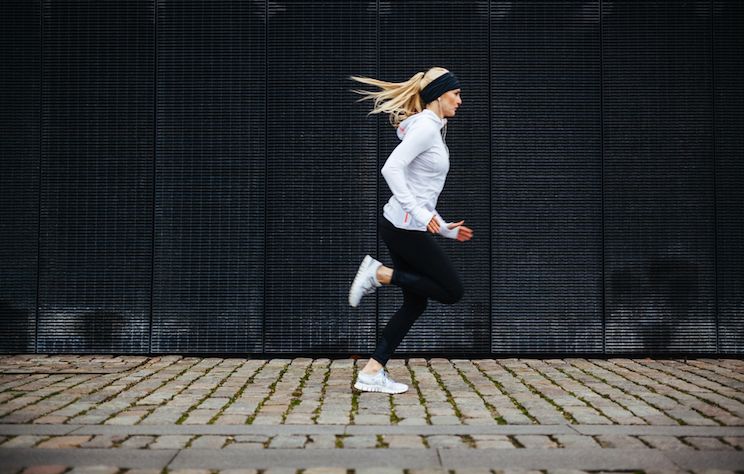
Some people think that picking up a Gatorade after a hard workout will help replenish their electrolytes better than water or anything else.
Sports drinks can be useful, but only if you’re engaging in high-intensity exercise that lasts longer than an hour. They might be just what the marathoner or triathlete needs, but for most of us they’re flat out unnecessary. It’s really tough for a normal exerciser to lose enough electrolytes to need to worry about replacing them with a beverage instead of their next meal.
Yes, sports drinks have electrolytes. But they also have other chemicals and added sugars that make them counterproductive. If you’re trying to lose weight, drinking a sports drink after a workout might erase all the calories you just burned!
Stay hydrated with good old fashioned water. That’s what athletes used to do until sports drink makers spent a lot of money sponsoring questionable research that doubted water’s ability to hydrate. (6)
5. Track Your Progress
You can’t improve something unless you measure it. You might be able to remember how much weight you lifted two sessions ago, but how about two months ago? Not keeping track sets you up to waste a lot of time – time you could have spent getting more out of your workouts.
If you want to train towards a concrete goal instead of just work up a sweat, you must track your workouts. A disorganized approach might get you some early results, but progress will taper off and you’ll end up frustrated.
A good old notebook works just fine. There are also tons of new fitness applications and wearable devices (like Fitbit and Apple Watch) that make tracking your progress easier than ever.
You’re already spending the time to work out, so you might as well make the most of it. One study found that obese women were more successful losing weight by tracking their food intake and exercise through daily text messages. (7)
6. Use Active Recovery
The strain from sitting at a desk, or looking down at your cell phone can cause upper back pain. Try these yoga poses to stretch away the discomfort of upper back pain.
All that soreness and fatigue after a good workout might make you want to just sit around on the couch. But doing the exact opposite – staying active – will keep your joints limber and help ease the pain.
On days after tough workouts, try active recovery – an umbrella term for any light cardio that stimulates blood flow and improves the circulation to your muscles.
Several studies found that active recovery was more effective than passive recovery at removing lactic acid, which causes muscle soreness. (8, 9) So, just because it’s an “off” day doesn’t mean you have to sit around doing nothing.
Next time you do a brutal workout and are feeling it the next day, try a walk, light bike ride, swimming, yoga, or even some light mobility exercises. You’ll get back into fighting shape faster than you think.
7. Stretch
With most exercise, your muscles contract over and over again. Finishing your workout without stretching, and your muscles are left in a shortened state. You’ll pay the price later with more stiffness and muscle soreness.
Skip all the unnecessary discomfort and do a few stretches after your workout to loosen up your muscles and joints, speeding up the recovery process.
There’s a lot of debate over which type of stretching is best. Some people like dynamic stretching, which is fast-moving and targets major muscles throughout the body at the same time. Others prefer good old static stretching – the old school “stretch and hold” style you learned in gym class.
Static stretching is ideal after a workout. Because dynamic stretching increases your core temperature and uses a lot of movement, it’s better suited for warm-ups. It doesn’t take long to go through a circuit of five or six of your favorite static stretches after your workout. Hold each position between 10 and 30 seconds, then repeat the circuit if you’d like.
8. Take Time Off

Unless you’re an elite athlete preparing for competition, working out every day just isn’t necessary.
Working out too often leads to decreased motivation and performance, and could lead to an injury sooner rather than later.
Most people see great results with three focused exercise sessions a week. A meta-analysis of 140 studies found that the ideal muscle recovery time between workouts was one to two rest days. (10) It depends on the volume of your resistance training, your age and experience level, and your overall goals, like whether you’re going for size, strength or endurance.
You can work out five or even six days a week without negative effects if you target different muscle groups each session. Splitting up upper body days and lower body days is always an option. And you can also mix up different types of workouts (for example, weights one day and swimming on the next).
Try to take a least one day off a week. You don’t have to laze around doing nothing, but you can give your body a break and hit the gym next week feeling super motivated.
The Bottom Line
Working out – and doing it consistently – takes a lot of effort. You deserve to make the most of it.
Take care of yourself by eating right, getting plenty of sleep, and sticking to these eight golden post-workout rules to get the most results for your effort without all the hassle.
Do you have any specific post-workout rituals? If so, what are they? Leave a comment below and share your experience!



 Paleo Pizza Crust
Paleo Pizza Crust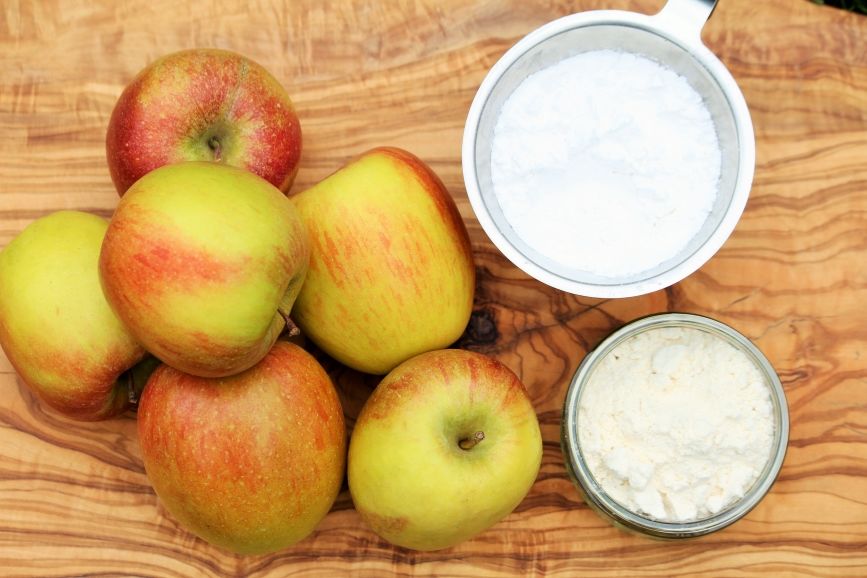

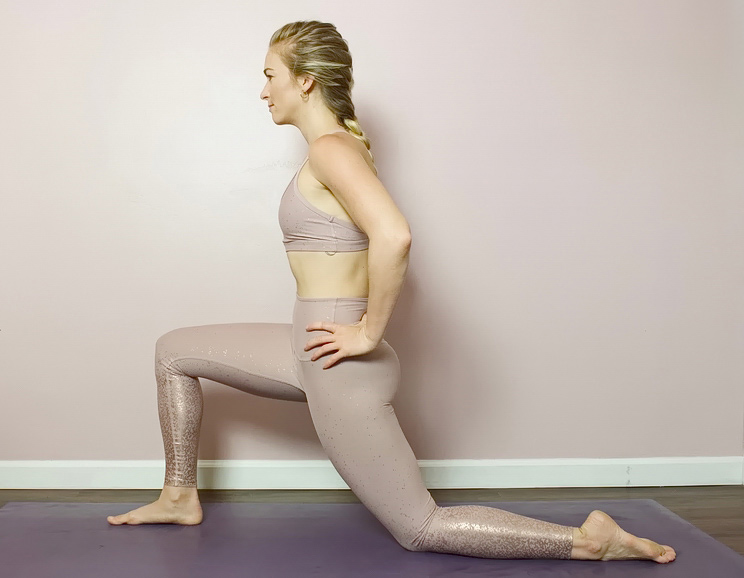

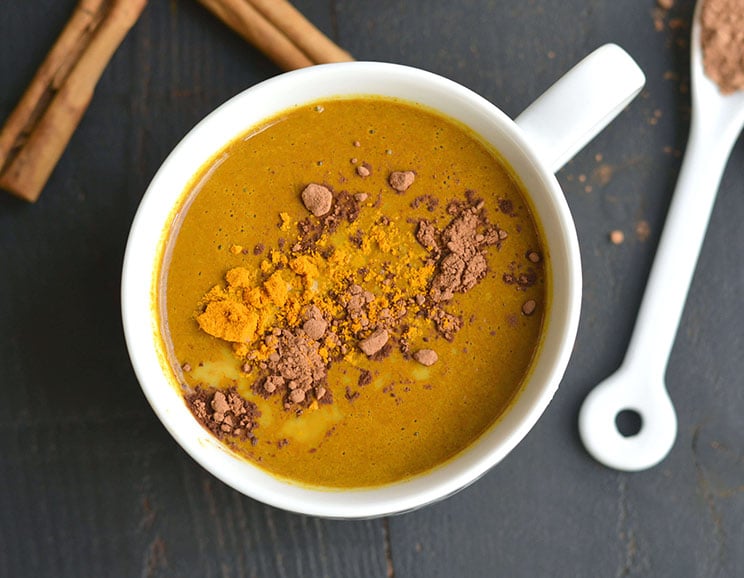
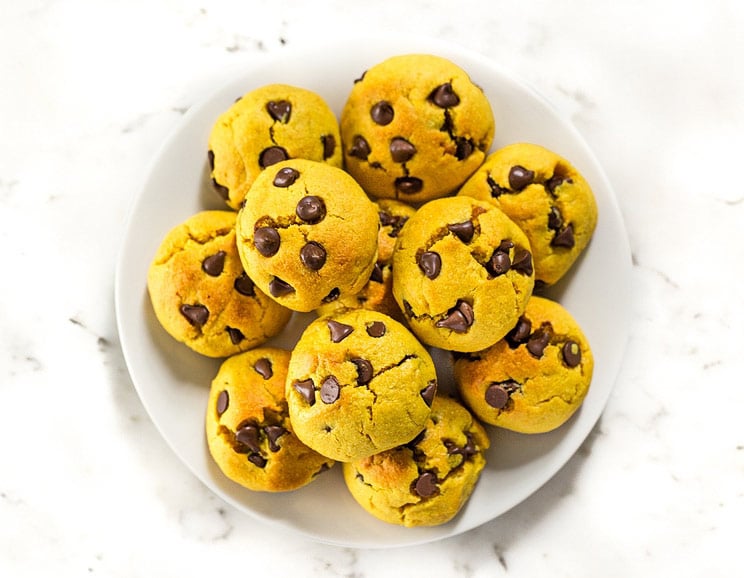




Show Comments